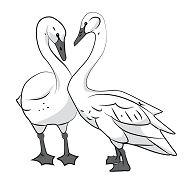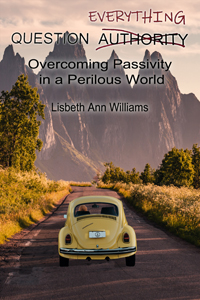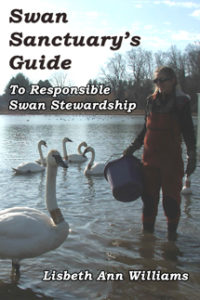When did human beings begin to put plants into pots and bring them indoors? During the Victorian era, parlor palms and ferns atop pedestals, with fronds hanging down, were a common sight. These plants can tolerate low light, which makes them easy to adapt to the indoors. Somehow, even among the wealthy, these people realized our intrinsic need to stay in contact with the outdoors.
Who began this practice of bringing plants into our homes? More than likely, it was the flower lovers and naturalists who were reluctant to endure the long months of winter, without some greenery to cheer them. Modern science has shown us that the benefit of having indoor plants is much more than the psychological improvement of our mood. Beyond satisfying our biophilia tendencies, plants provide health benefits by removing the many toxins that permeate our living spaces. In their ability to absorb pollution from our indoor air, much like trees absorb it from outdoor air, they purify what would otherwise become a concentrated mixture of carcinogens and allergens.
Houseplants have grown in popularity over the past fifty years and have become a necessary addition to the home décor of many. However; those lacking green thumbs have boosted the plastic industry by buying non-living replicas. Nearly every type of plant can now be found in a plastic or silk imitation, which requires no care, no re-potting, and no water. They are not particular about the available sunlight or the lack of it. These substitutes for the real thing do nothing to clean the air and they gather dust in great quantities. Recently, while walking through a neighborhood observing the various landscaping, or lack thereof, of the properties, I observed a yard that had been completely landscaped in plastic flowers. Where most homes have shrubs for foundation plantings, this home boasted plastic flower arrangements over their entire yard. Plastic flowers spilled out of the window boxes and were displayed around the trees and in various containers. Given that this area regularly experiences winds in excess of sixty and seventy miles per hour, I hope this home owner has securely anchored them.
As an avid gardener I fail to see any beauty whatsoever, in these lifeless, scentless abominations. They confuse the insects that are seeking pollen and nectar for their very survival. It seems like a cruel trick to play on them. It would behoove us to consider the many ramifications that result from purchasing more “unnecessary plastic objects”.



